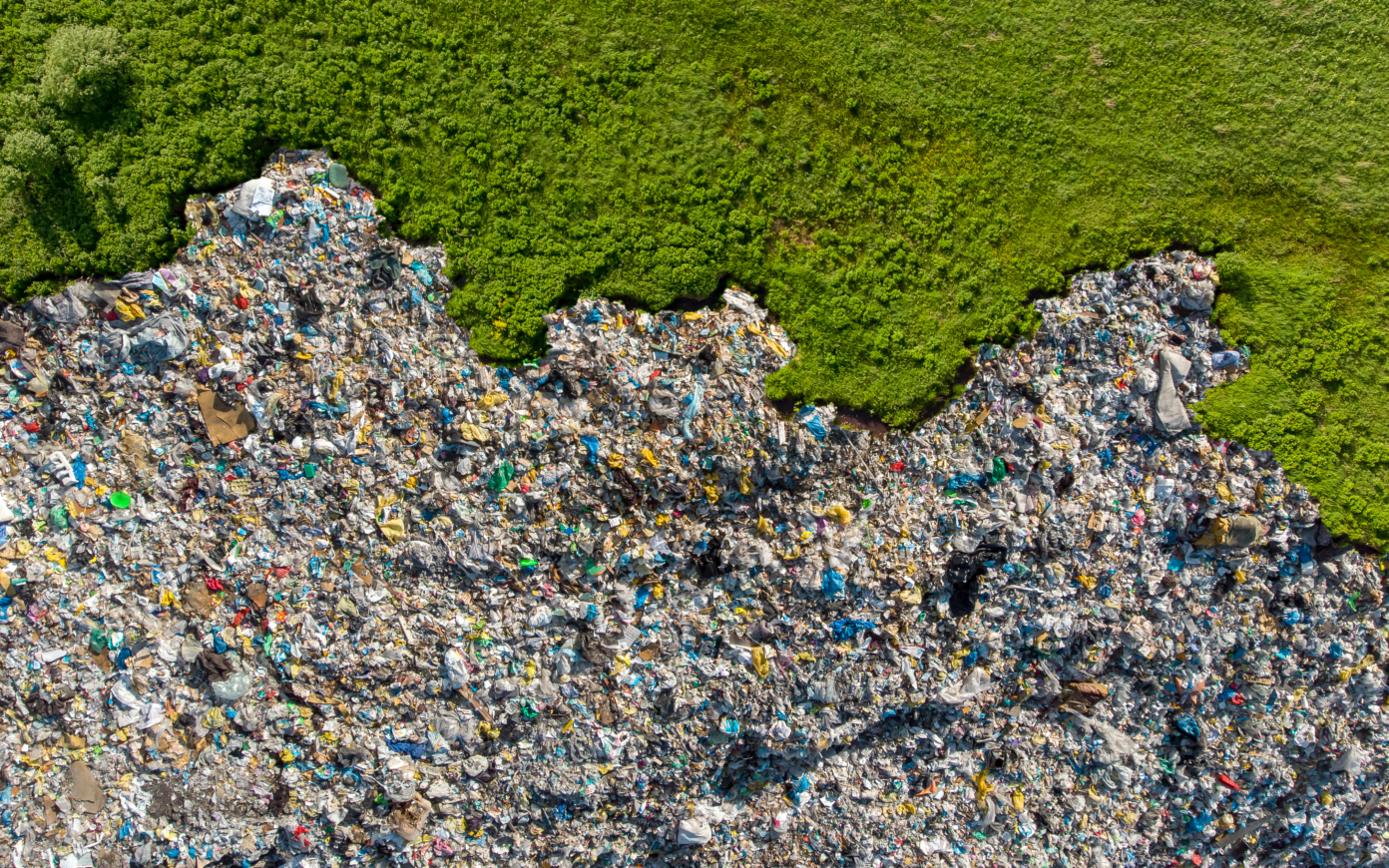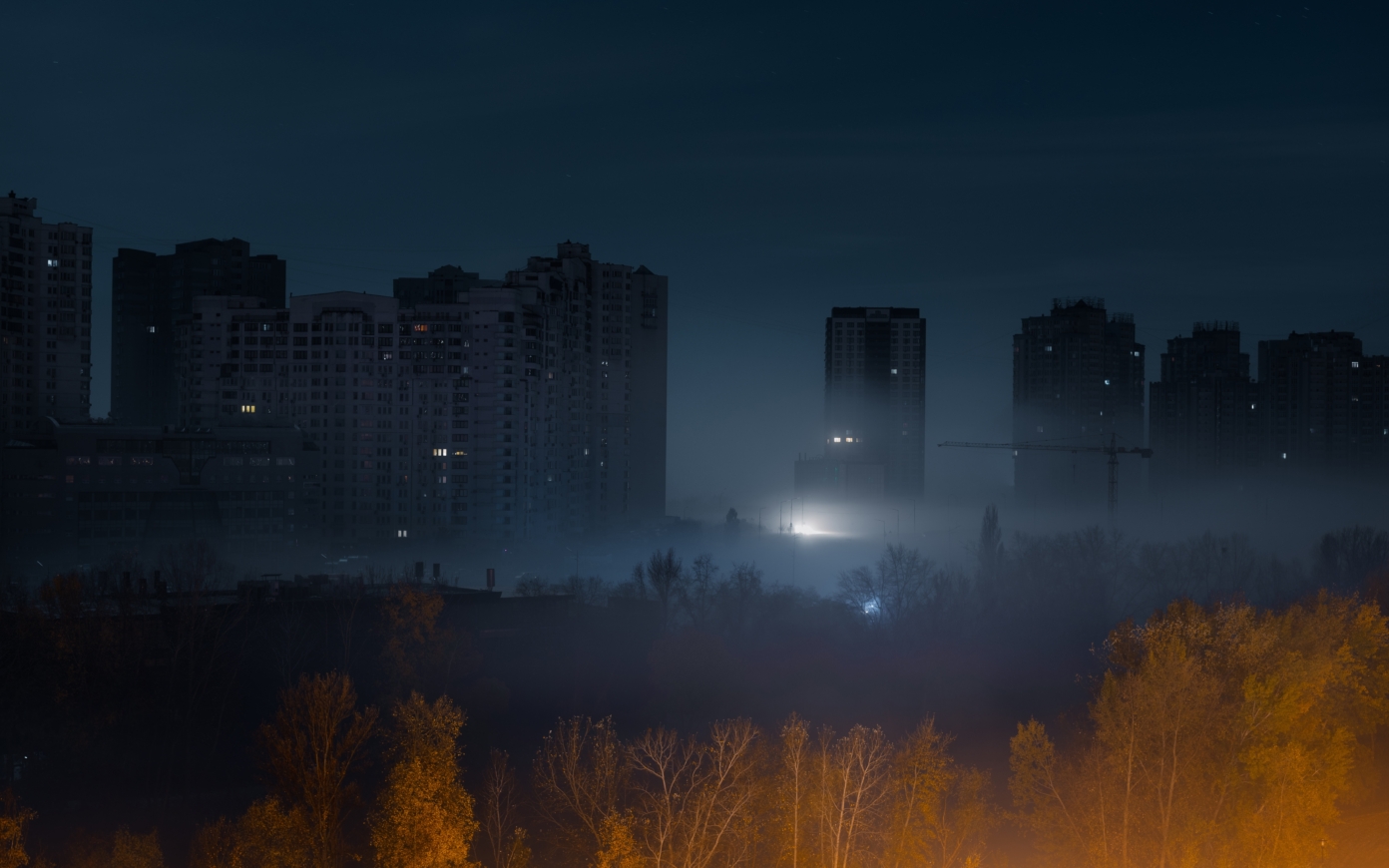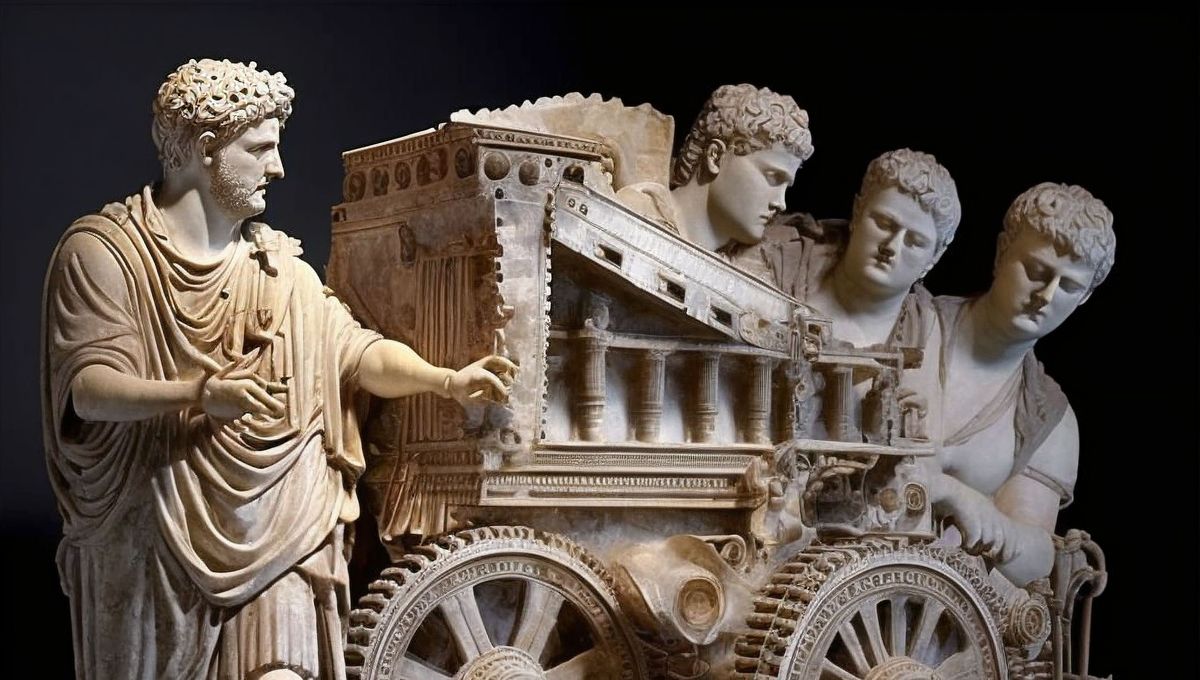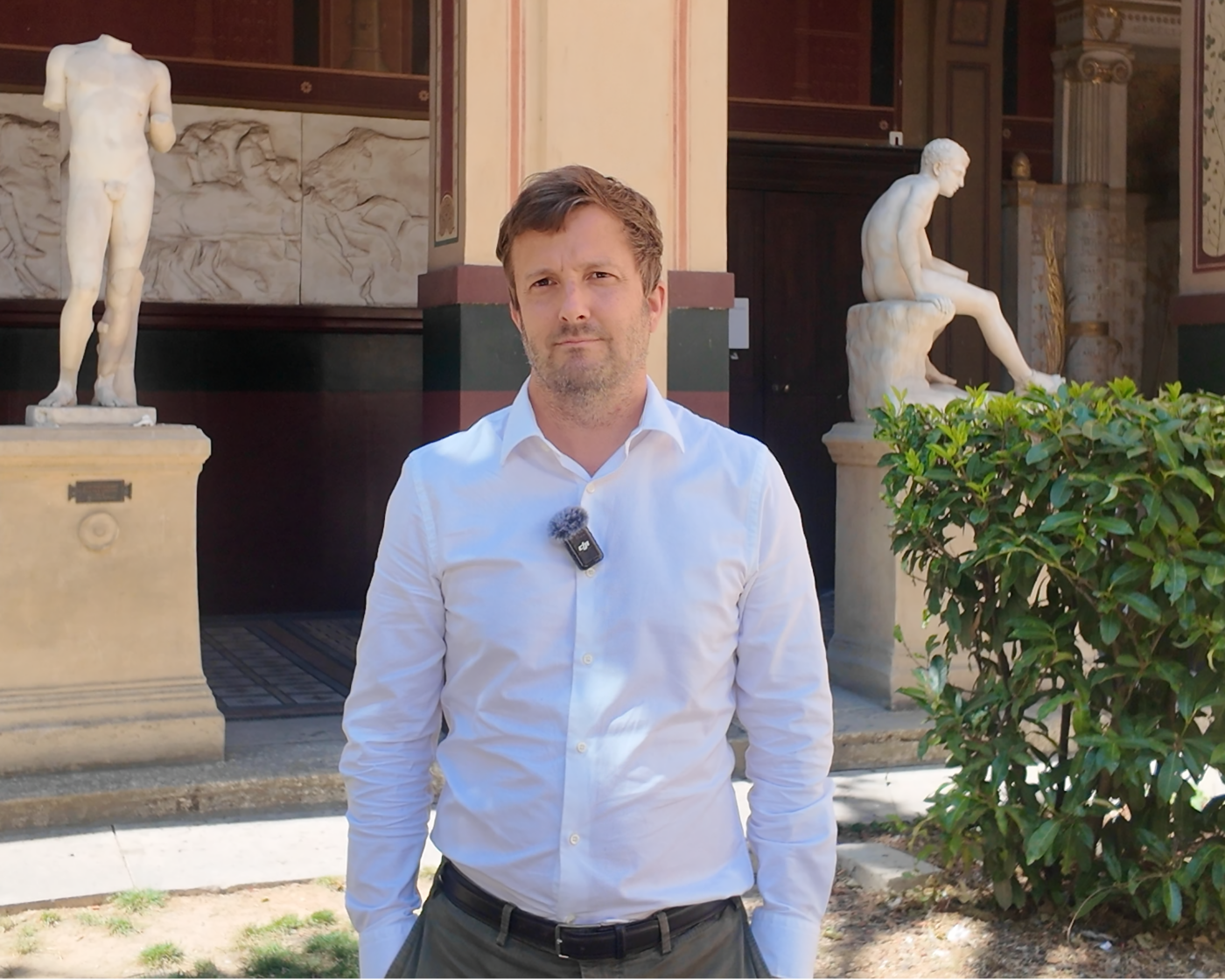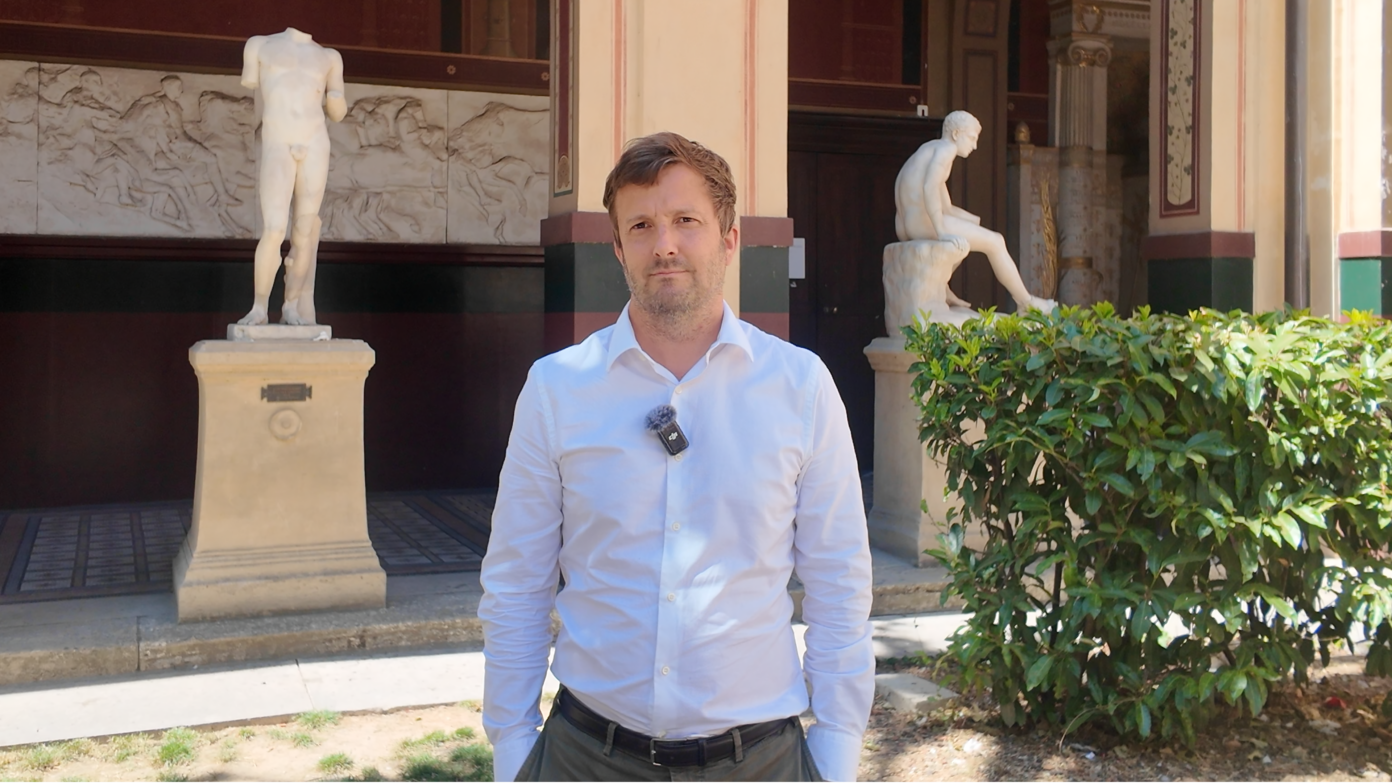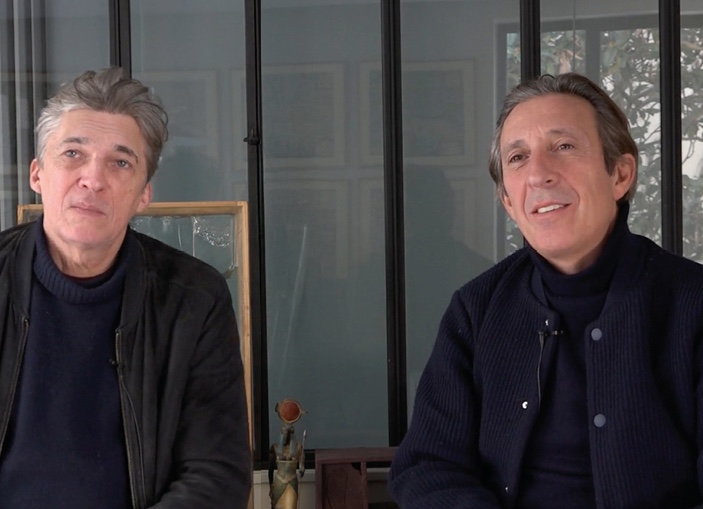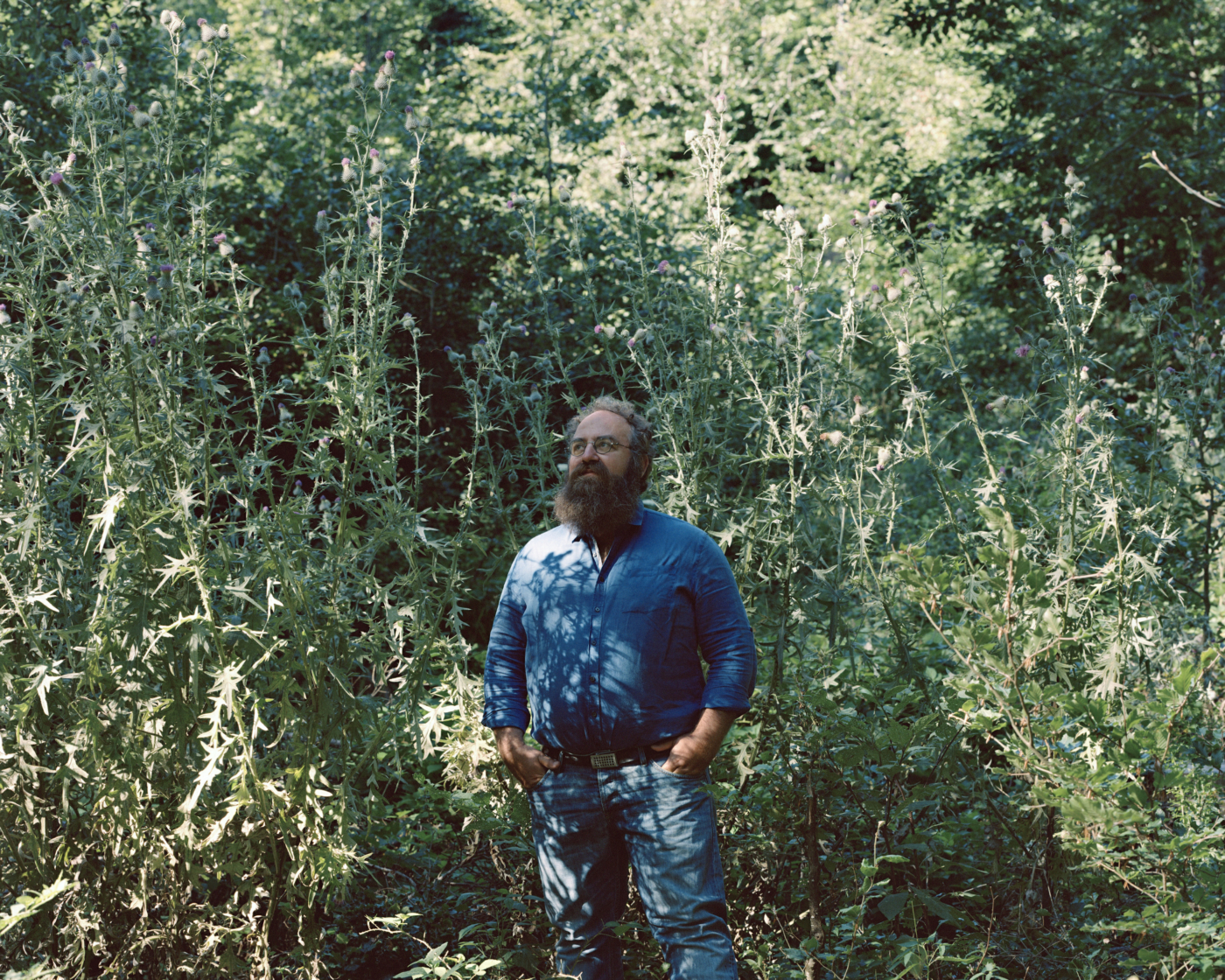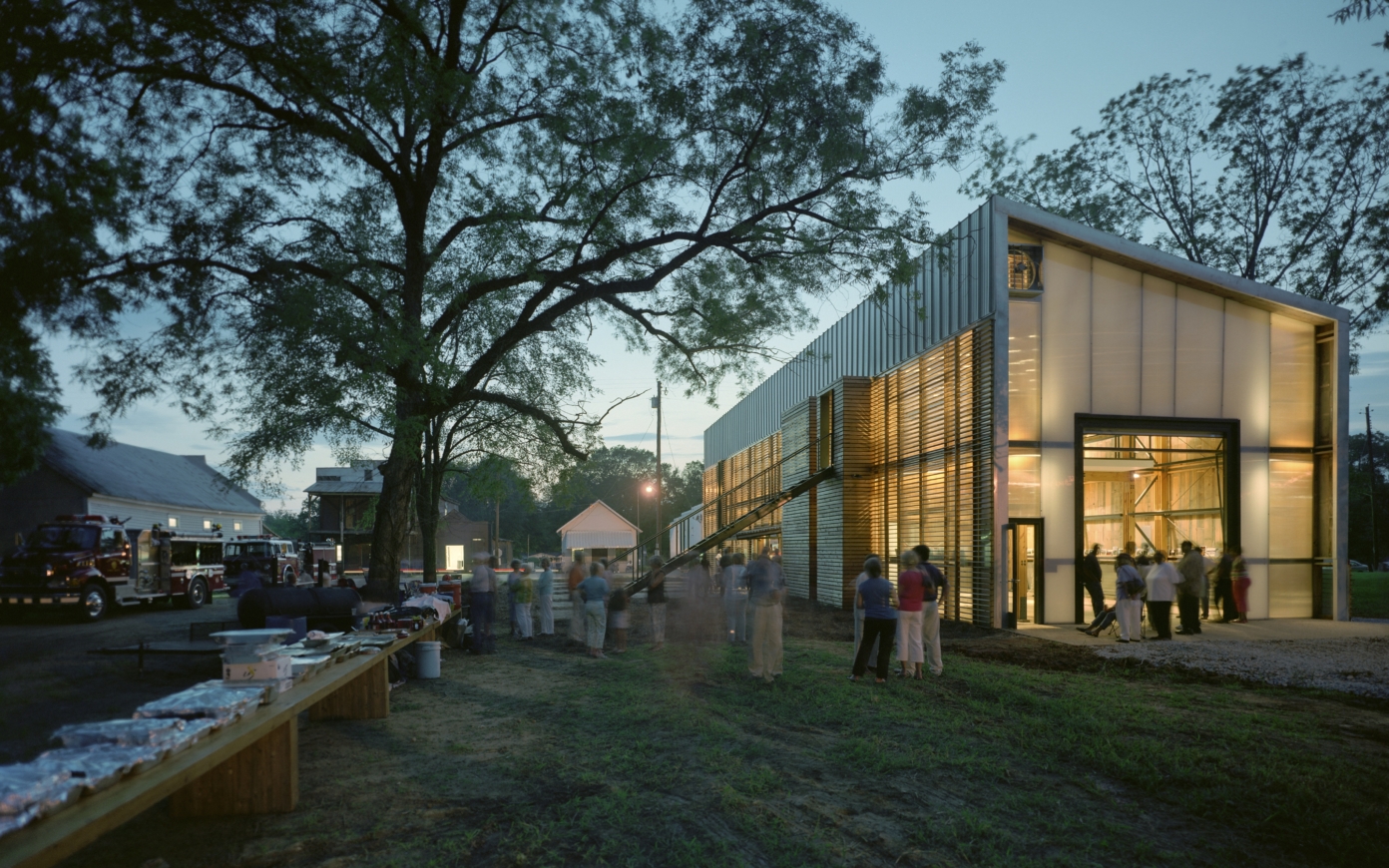Defining the living
As a biologist, could you list the properties that characterize the living?
Two characteristics seem to me to be absolutely essential in defining the living. One of them is often emphasized: evolution, the ability to adapt that allows an organism to optimize its functioning with regard to its context. The second is not often mentioned, which is surprising as it distinguishes the living from purely psycho-chemical processes. The rules of physics and chemistry apply to the living—only a few vitalists continue to doubt this—but the living obeys additional rules that are specific to it, including the capacity to mobilize local concentrations. Though the average concentration of reagents in a cell may be low, the ability to concentrate them in an area optimizes their reactions. All of our cells have an extremely dynamic internal skeleton for example, capable of constantly forming and deforming, allowing proteins to “hook up” in a specific area. If two reagents are required to fuse in the presence of an enzyme that catalyzes the reaction for the cell to survive, these reagents will learn to “pedal” along the cytoskeleton, and to meet so as to generate the effects of a local concentration. This is for me the true signature of the living. Other characteristics are regularly cited, reproduction in particular, but in The tree of knowledge, first published in 1969, Humberto Maturana and Francisco Varela for example do not identify this function as one that defines a living being, even though it is necessary for the perpetuation of life. The metabolism is often mentioned as being ontological to the living, through its ability to transform incoming resources into different products.
Could you explain to us what synthetic biology is in the broadest sense, what distinguishes it from the biology of systems and how the “transcendence of the living” takes place?
Consideration of the principles inherent to biology is relatively recent. Nevertheless, it is necessary to ask the correct questions in order to obtain clear answers. It is fundamental then to understand the mechanisms that define the living, notably the functioning of the clock that regulates our 24-hour day, or that of the switch that allows two different destinations for two daughter cells though they both come from the same mother cell. This “logic of the living,” as François Jacob called it, is at the heart of our molecular understanding of cellular function. The biology of systems concerns the observation, analysis, and explanation of biological phenomena, while synthetic biology consists of using this understanding to act on the living organism and perform the work of engineers. The former explores the logic of the living while the latter exploits it.
Training Nature to improve it
Man has been acting on his environment for over 10,000 years, systematizing his action through agriculture and the raising of livestock, and these interventions have known successive refinements over time. Man began to introduce crossovers, then to provoke the emergence of random mutations from the 1920s onwards, in particular on plants with horticultural interest. This method was however not rational as such, as it was impossible to predict the nature of the genetic mutation and its effects on the taste, color, or shape of fruit and vegetables. Since 1973 it has become possible to modify the expression of a gene but also to implant a “foreign” gene into an organism that does not present it naturally. This manipulation, called transgenesis, has opened the way to genetically modified organisms (GMOs). So, the plants that are the basis of our nutrition have been genetically manipulated for almost a century. The interventions have only become more and more precise over the course of the last decade.
This type of manipulation can prove to be extremely useful for the food processing industry, but also for the health and environmental sectors. A variety of rice—golden rice—has been developed by adding the synthetic gene of pro-vitamin A to compensate for nutritional deficiencies in populations whose diets are based almost exclusively on rice. Adding to the list of products classically produced by the living—proteins used in cosmetics, textile fibers—new molecules that compensate for the non-renewability of resources represent major progress. Plastic, originally made from petrol, can now be produced in a bio-sourced way using products manufactured by micro-organisms. Toxic, rare, and expensive metals, for the most part extracted in China and used in high-temperature tanks in toxic solvents, can be replaced by bacteria or harmless yeasts, completely biodegradable and cultivated at a temperature of 37°C in the presence of water, salt, and sugar. It is in these opportunities that the spirit of what our bio-economy is, and what it will become, lies.
You compare the living to a clock whose parts we can replace at will, in such a way as to introduce a precise function that does not exist in nature. Does the method of synthetic biology—comparable to industrial processes of standardization—aim to “enslave” the living and “dictate” to it a function that places it in the service of man or is it more a matter of cooperation?
Synthetic biology is a process of domestication and of negotiation. For a cow to produce milk, it is necessary to feed it and have it calved. Dairy farming cannot escape certain constraints that are imposed by the functioning of the bovine organism. The same rules prevail when it comes to micro-organisms. Starting with this organization, synthetic biology can be likened to the technique of dressage. We teach bacteria to develop certain products in the same way that we teach a dog to do a pirouette. When we create a synthetic chromosome or when we modify a natural chromosome, we recreate the optimal conditions for its preservation, we “take care of it” in the same way as a breeder who pampers his animals to obtain better quality milk. It is thus much more a question of cooperation than domination in my opinion.
GMOs : Moving away from Manichean speeches
You speak of domestication, others of creation. The public is terrified by the idea that “monsters” built through assembly exist, even if it is only a bacterial Frankenstein. In concrete terms, is man capable of going beyond mere manipulation to be able to create life from scratch?
There are advocates of “hard” synthetic biology, like the American researcher Craig Venter, famous for having built the minimal cell. He discovered the minimum genome necessary for a cell to function which is used as a framework onto which genes can be “grafted” to produce the desired biological functions. He is also the first to have fully synthesized a bacterial chromosome using chemistry. The DNA of the chromosome can be artificially recreated, but it is not a matter of “copying and pasting” what we find in nature. We are indeed able to copy, but we are not yet in a position to invent or design the living. Where the demiurge researcher speaks of “creation”, it is in fact a question of “construction,” even though the methods used have not stopped improving since 1973. The use of terms like “creation” is obviously part of a communication strategy.
Controversies around the manipulation of the living systematically concern the way that an organism has been built, often avoiding its goal and the dangers or benefits that this entails. Making plants resistant to climate change or to certain fungi has no real impact on human health. Inversely, making plants resistant to herbicides allows farmers to use toxic products in such a way as to destroy any plants that are not resistant, contaminating the ground and the harvested products at the same time. It is necessary to raise the question of use to be able to move away from Manichean speeches with regard to GMOs. The response provided obviously depends on the properties of the modified organism, but also the context in which we intend to use it. To my great regret, pharmaceutical laboratories do not label medicines or vaccines produced by modified organisms, because of the deplorable image of GMOs. But if this was the case, people would see that, among many other cases, the insulin that has been administered to diabetics since 1982 has been produced mainly by a GMO. We have benefitted from synthetic biology for many years. It would be a good thing to institute rational evaluations, on a case-by-case basis, of its advantages and disadvantages.
Modifying organisms to design a sustainable city?
What concrete applications could the methods deployed by synthetic biology have in the fields of architecture, design, or urban ecology?
I am by no means an expert when it comes to these questions, but one of my former students is the scientific manager of a start-up called Glowee. This firm seeks to produce living fluorescent organisms with the goal of illuminating display windows or other urban elements without using any electricity. Many obstacles remain, such as the reduction of production costs (food, creation of an environment for life) and the optimization of performances (lifespan, intensity of light, reproduction). The light generated will never replace public lighting, but it could be strong enough to substantially reduce darkness. It is with this goal in mind that researchers have intervened on the genome of jellyfish and squid. In the same vein, a firm based in the United States is planning to create luminescent trees to illuminate cities. Unlike Glowee, where genetically modified micro-organisms are enclosed in capsules, trees are in contact with a lot of “wild” systems, like birds and insects who nest in them, so their impact is to be taken very seriously. It is with this type of reasoning and these types of limits that the applications of synthetic biology on an urban scale can be considered.


